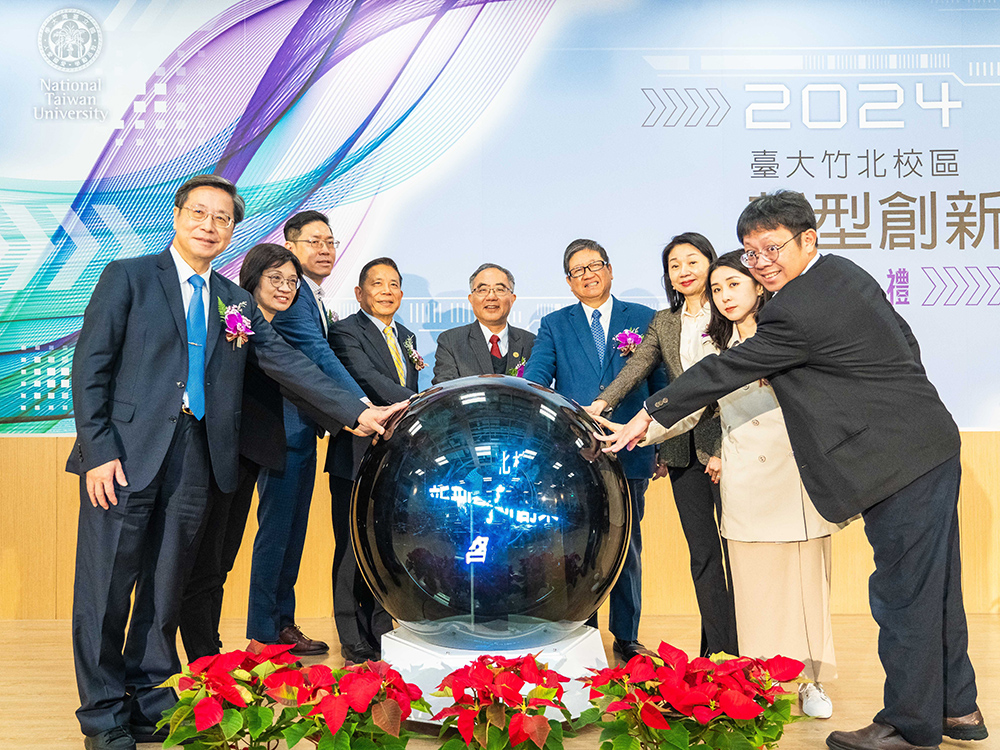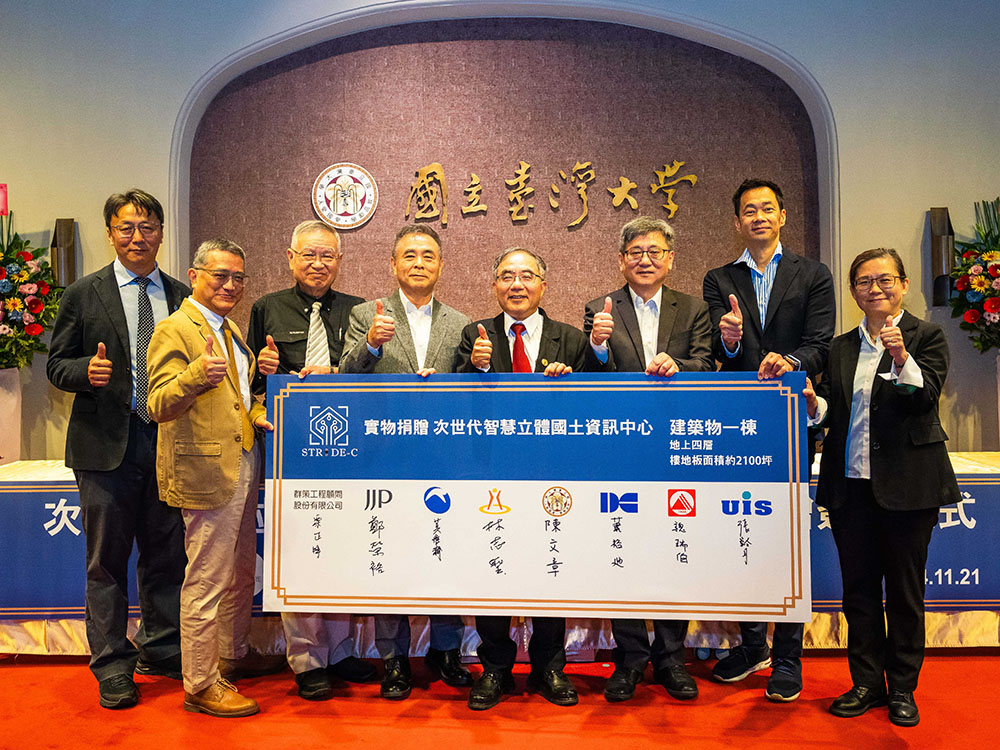
NTU wins the 2024 “National Sustainable Development Awards” for exerting influence in higher education
瀏覽器版本過舊,或未開啟 javascript
請更新瀏覽器或啟用 javascript
Spotlights
Figure 1. Assistant Prof. Ming-Huei Chang (left) is supervising the deployment of an ADCP mounted in the orange buoy (right) onboard R/V Ocean Researcher III.
Figure 2. Cover page of Deep-Sea Research I, Volume 131, January 2018.
Figure 3. The schematic diagram showing the migration and transport variations during the Kuroshio’s interaction with eddies.
Dr. Ming-Huei Chang (張明輝; Figure 1), an assistant professor at the NTU Institute of Oceanography, reveals the physical processes underlying the Kuroshio meandering and transport variability east of Taiwan using an unprecedented two-year field observational dataset. The findings of Assistant Prof. Chang’s research are crucial to the application of ocean current energy, the management of fishery resources, the observation of global climate change, as well as the evolution of typhoons. This research is therefore selected by the Editors-in-Chief of Deep-Sea Research I as the cover article for the January 2018 issue (Figure 2), showing that the Kuroshio study is of both local interest and global importance.
The Kuroshio is the western boundary current in the Northwest Pacific Ocean. It transports tremendous heat, salt, and water mass from east of Luzon Island, through the Luzon Strait, along the east coast of Taiwan and the continental shelf break in the East China Sea to south of Japan. The current is important in affecting marine environments, weather, climate, as well as global change along its route. The importance of Kuroshio research therefore lies in helping better understand the dynamics of Kuroshio’s variability and, in turn, better predict its influence on marine environments and weather/climate.
The pioneering long-term Kuroshio observations were conducted at an array of moored current meters along the PCM-1 line in the East Taiwan Channel (ETC) during the World Ocean Circulation Experiment (WOCE) from September 1994 to May 1996. Observations at the PCM-1 array have helped provide insights into the variability of the Kuroshio and have been the base of Kuroshio studies over the past two decades. However, the observed Kuroshio variability, namely, the transport variations and the maximum velocity axis migrations, does not exhibit some of the typical characteristics of the Kuroshio-eddy interactions because the PCM-1 array spans the ETC. The ETC and the Ryukyu Islands chain east of the channel act somewhat as a regulator filtering out some of the variability induced by the eddy-Kuroshio interactions. The observations of Assistant Prof. Chang are part of a dataset collected through collaborative programs, including the Observations of the Kuroshio Transport Variability (OKTV) sponsored by the Ministry of Science and Technology (MOST), Taiwan and the Observations of the Kuroshio and Mindanao Currents (OKMC) supported by the US Office of Naval Research. Assistant Prof. Chang led technicians and assistants in the NTU Institute of Oceanography to maintain a cross-stream transect ~50 km south of the PCM-1 line with a 23-month (2012/11-2014/10) continuous measurement using three moored acoustic Doppler current profilers (ADCPs). The spotlights of Assistant Prof. Chang’s findings are:
The citation of this paper is: Chang, M.-H., S. Jan, V. Mensah, M. Andres, L. Rainville, Y. J. Yang, Y.-H. Cheng (2018), Zonal migration and transport variations of the Kuroshio east of Taiwan induced by eddy impingements, Deep-Sea Research I, https://doi.org/10.1016/j.dsr.2017.11.006, and it is available at http://www.sciencedirect.com/science/article/pii/S0967063717301565.

NTU wins the 2024 “National Sustainable Development Awards” for exerting influence in higher education

Prof. Chih-Kung Lee of NTU’s Institute of Applied Mechanics elected NAI Fellow

NTU Launches Startup Initiatives at Zhubei Campus

2024 NTU-KU-UHH Trilateral Symposium: Uniting for Sustainable Future and Next Generation

Signing Ceremony for the donation of “Next-Generation Smart 3D Geospatial Information Center” at NTU Zhubei Campus
Current Spotlights